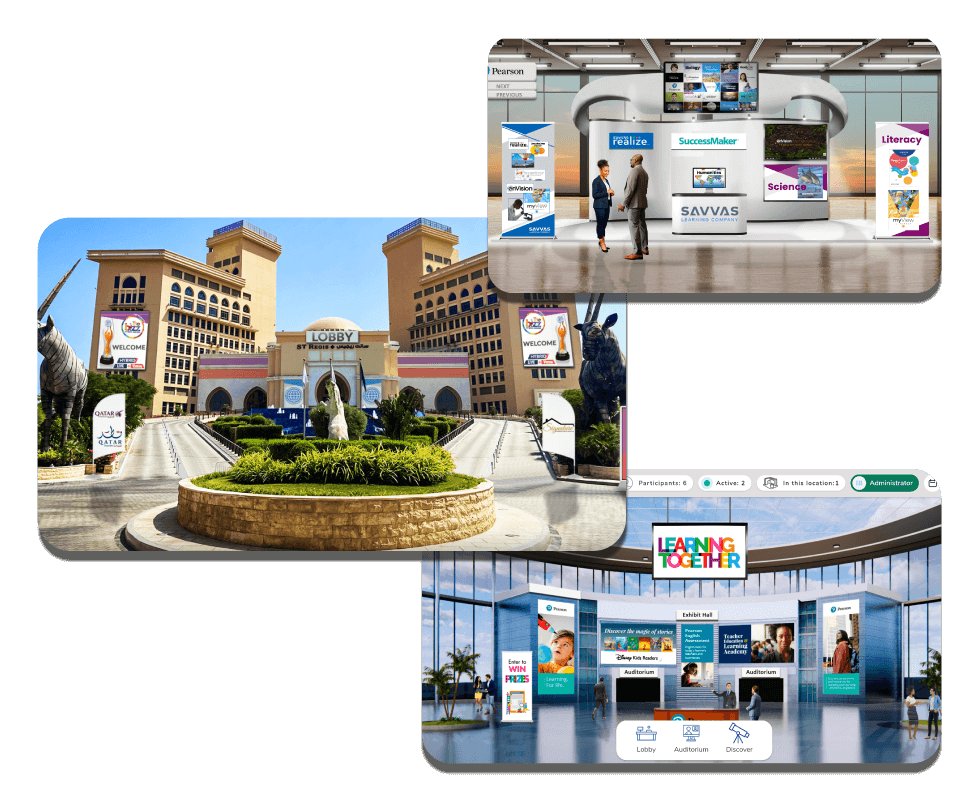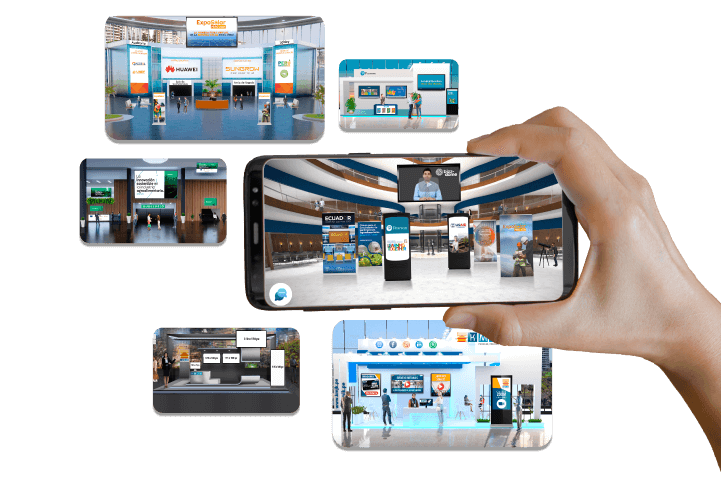Contact us today
Chat with our friendly experts and together we can make your next virtual event a roaring success!
All you need to have is an idea. We will settle everything else - from logistics to planning to high end production.


Our world-class team consists of personnel who have over 20 years of virtual event experience, producing more than 100 virtual events across the globe. We are dedicated to helping you make your next virtual event a success.



Stream your event on any platform across the globe in the highest quality possible!.

BIZZ-DOME contains hundreds of features to cater to the needs of up to thousands of your event participants. Not only does it ensure that your event is versatile, but it also delivers a highly engaging virtual event experience.









The Custom-Built Metaverse elevates your attendees’ experience by making them feel like they are right at the heart of all the action.
Chat with our friendly experts and together we can make your next virtual event a roaring success!